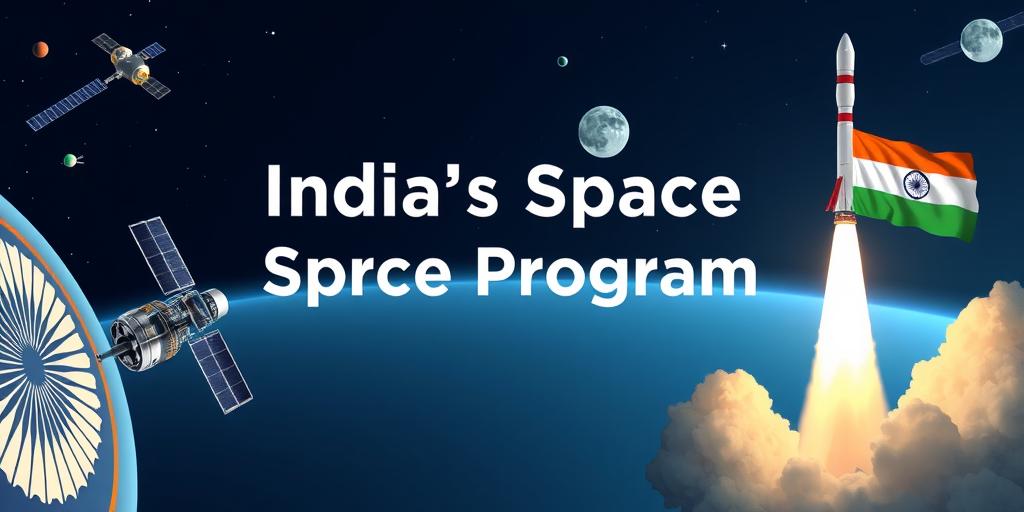India's Space Program (ISRO): Achievements and Future Missions
The Indian Space Research Organisation (ISRO) stands as a testament to India's ambition and technological prowess in space exploration. Established in 1969, ISRO has steadily grown from a humble beginning to become one of the world's leading space agencies. This article explores ISRO's key achievements and looks forward to its exciting future missions.
Historical Overview
ISRO was formed with the vision of using space technology for national development. Its early focus was on building indigenous capabilities in satellite technology and launch vehicles. This strategic approach has allowed India to become self-reliant in space exploration.
Key Achievements
- Satellite Launches: ISRO has successfully launched numerous satellites for communication, remote sensing, and scientific research. These satellites have played a crucial role in enhancing India's capabilities in weather forecasting, disaster management, and resource monitoring.
- Chandrayaan Missions: The Chandrayaan program marks India's foray into lunar exploration. Chandrayaan-1, launched in 2008, discovered evidence of water molecules on the Moon. Chandrayaan-2, though partially successful, demonstrated India's ability to soft-land on the lunar surface.
- Mars Orbiter Mission (Mangalyaan): In 2014, ISRO successfully placed the Mars Orbiter Mission (Mangalyaan) into orbit around Mars, making India the first Asian nation to achieve this feat and the fourth globally. This mission showcased ISRO's cost-effective approach to space exploration.
- Launch Vehicle Development: ISRO has developed a range of launch vehicles, including the Polar Satellite Launch Vehicle (PSLV) and the Geosynchronous Satellite Launch Vehicle (GSLV). The PSLV has become a reliable workhorse for launching both Indian and foreign satellites.
- Commercial Launches: ISRO's commercial arm, Antrix Corporation, has facilitated the launch of satellites for international customers, generating revenue and showcasing India's capabilities in the global space market.
Future Missions
ISRO has an ambitious roadmap for future missions, aimed at pushing the boundaries of space exploration:
- Chandrayaan-3: This upcoming mission aims to demonstrate India's full capabilities in soft-landing on the Moon and conducting in-situ scientific experiments.
- Gaganyaan: India's first human spaceflight mission, Gaganyaan, aims to send Indian astronauts into space, marking a significant milestone in the country's space program.
- Aditya-L1: This mission will study the Sun's corona, chromosphere, and photosphere, providing valuable insights into solar dynamics and their impact on Earth.
- NISAR: A joint project with NASA, NISAR will use synthetic aperture radar to study Earth's land and ice surfaces, providing data for climate change research and disaster management.
Impact and Significance
ISRO's achievements have had a profound impact on India's socio-economic development. Space technology has been instrumental in improving communication, education, healthcare, and agriculture. Furthermore, ISRO's success has inspired a new generation of scientists and engineers, fostering a culture of innovation and technological excellence.
Conclusion
The Indian Space Research Organisation (ISRO) has emerged as a significant player in the global space arena. With a focus on cost-effectiveness, indigenous technology, and ambitious missions, ISRO is poised to achieve even greater heights in the years to come. Its ongoing and future projects promise to unlock new frontiers in space exploration and contribute to the betterment of society.









